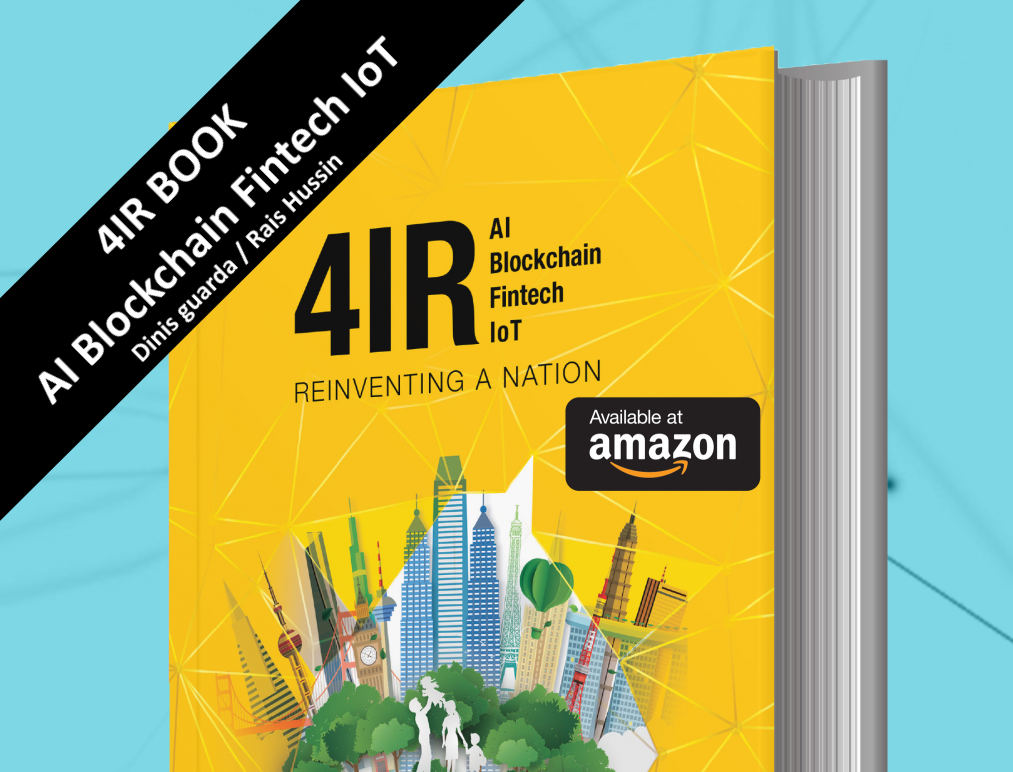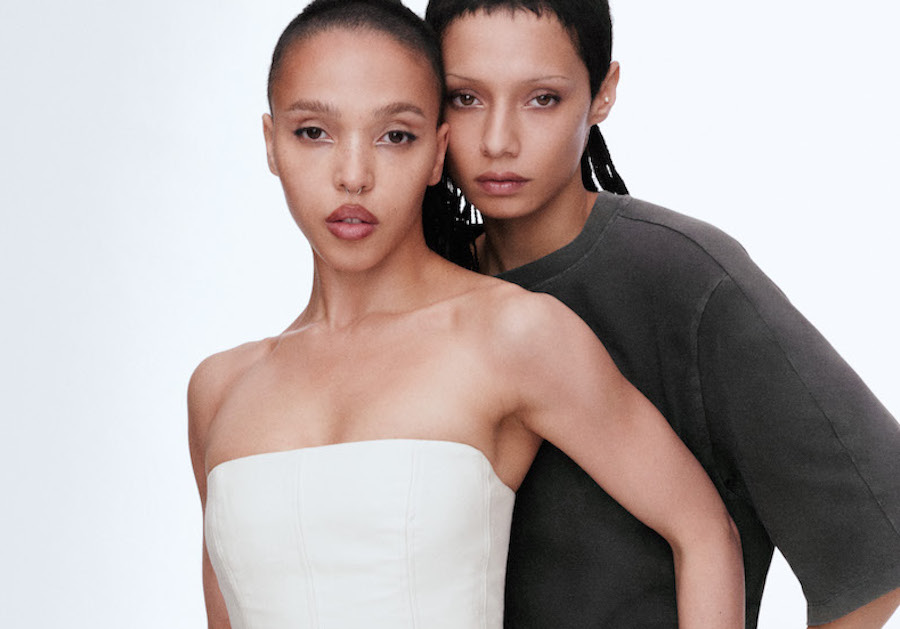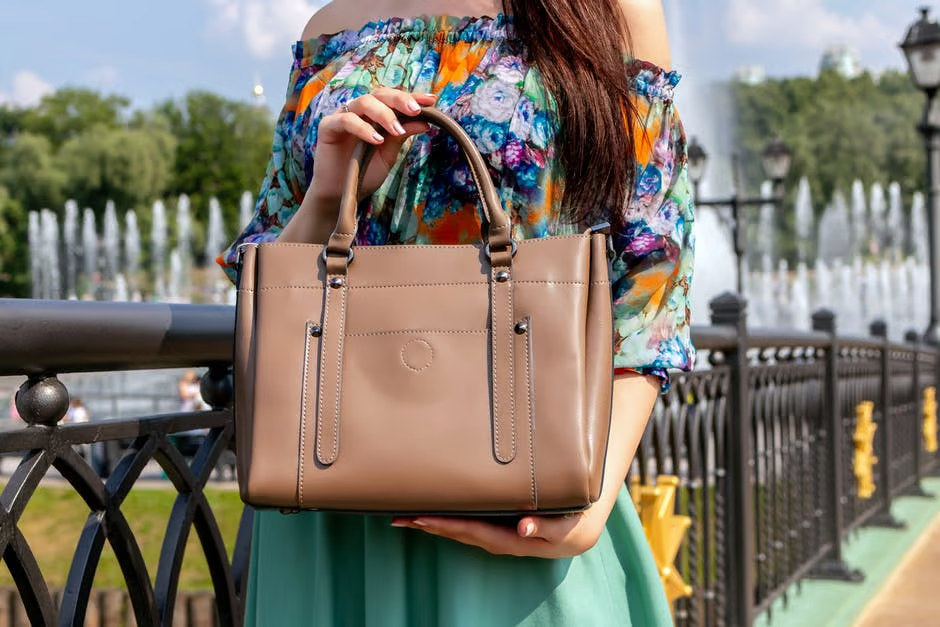New York City has always been a powerhouse in the global fashion scene, but the industry here is at a crossroads. Jobs in the fashion industry NYC have taken a hit over the past decade, with the pandemic making things even tougher. But it’s not all doom and gloom—there are new opportunities emerging, from sustainable fashion roles to tech-driven innovations. This article dives into what’s happening now and what could be next for those looking to build or grow a career in NYC’s fashion world.
Key Takeaways
- The fashion industry in NYC has seen a steady decline in jobs over the last ten years, and recovery has been slow since the pandemic.
- Sustainability is creating new roles, as brands focus on eco-friendly practices and materials.
- Technology, like AI and wearable tech, is reshaping career paths in fashion, offering opportunities for innovation.
- Educational institutions in NYC face challenges with declining enrollment, but internships and apprenticeships remain key entry points.
- Public and private partnerships could play a big role in revitalizing NYC’s fashion ecosystem and supporting emerging talent.
The Current Landscape of Jobs in the Fashion Industry NYC
Employment Trends Over the Last Decade
The fashion industry in New York City has seen a steady decline in employment over the past ten years. In fact, the sector now employs 50,000 fewer workers than it did a decade ago. Key areas like apparel and textile manufacturing have been hit the hardest, with job losses ranging from 30% to 50%. While other industries, such as health services and leisure, have bounced back post-pandemic, fashion’s recovery has been notably slower. This long-term trend raises questions about the city’s ability to sustain its position as a global fashion hub.
Impact of the Pandemic on Fashion Jobs
The pandemic delivered a severe blow to NYC’s fashion workforce. Many local designers, manufacturers, and retailers faced closures or scaled back operations, leading to widespread layoffs. Even as the broader economy recovers, the fashion sector struggles to regain its footing. The Garment District, once a bustling hub of activity, now primarily handles prototyping and sample production as most manufacturing has shifted overseas. This shift has left a void in local job opportunities and disrupted the industry’s ecosystem. The pandemic didn’t just pause the industry; it forced a reevaluation of how business is done, from supply chains to consumer engagement.
Key Challenges Facing the Industry Today
- Global Competition: With manufacturing moving abroad, local businesses face stiff competition from lower-cost international markets.
- Retail Evolution: The closure of iconic stores like Barneys and Lord & Taylor has made it harder for emerging designers to gain visibility.
- Shrinking Talent Pool: Declining enrollment in fashion education programs has reduced the pipeline of new talent entering the industry.
Emerging Opportunities in New York’s Fashion Sector
The Rise of Sustainable Fashion Roles
Sustainability is no longer just a buzzword in New York’s fashion scene—it’s shaping the future of jobs. Brands are actively seeking professionals who can integrate eco-friendly practices into every stage of production. Positions like sustainability officers, textile innovation experts, and ethical sourcing managers are becoming common. The demand for these roles reflects a broader shift towards accountability in the industry.
Fashion companies are also exploring circular business models, where items are designed to be reused, repaired, or recycled. New York’s unique position as a global hub offers the perfect environment for testing and scaling these innovations.
Technology’s Role in Shaping New Careers
Technology is rewriting the rules of fashion employment. From AI-driven design tools to virtual fitting rooms, tech is creating opportunities that didn’t exist a decade ago. For instance, generative AI is being used to develop patterns and even predict fashion trends. Similarly, wearable tech and biometrics are opening up roles for engineers and data scientists within the fashion industry. New York, with its thriving tech ecosystem, is uniquely positioned to lead this transformation. The intersection of fashion and technology is not just a trend—it’s the future.
The Importance of Cross-Indstry is overly competitive. Fewer students might mean a smaller talent pool in the future, which could pose challenges for the industry. However, this also creates opportunities for those who are willing to commit to the field. Fashion schools must adapt to this shift by offering more flexible programs, scholarships, and partnerships with industry leaders to attract diverse talent.
The Role of Internships and Apprenticeships
For many aspiring fashion professionals, internships and apprenticeships are the first step into the industry. These roles provide hands-on experience and invaluable networking opportunities. Some key benefits include:
- Gaining real-world insights into design, production, or marketing.
- Building connections with industry professionals.
- Enhancing your resume with practical experience.
Revitalizing New York’s Fashion Ecosystem
The Need for Public and Private Partnerships
Reviving New York’s fashion industry requires a united effort between public institutions and private entities. Public funding can help provide affordable spaces for emerging designers, while private investors can offer capital to help brands scale. One practical approach is creating more accessible hubs, similar to The Garment District, where designers can collaborate, access materials, and showcase their work. Collaborative initiatives like these can create a stronger foundation for the entire ecosystem.
Supporting Emerging Designers and Brands
Emerging designers often face hurdles like limited funding, lack of exposure, and difficulty scaling their operations. Programs focused on mentorship, grants, and networking opportunities can bridge these gaps. For instance, offering subsidized studio spaces or organizing industry-specific events during Fashion Week can help designers gain visibility. Additionally, cross-industry events like Austin’s South by Southwest could inspire similar initiatives in New York, connecting fashion with tech, entertainment, and hospitality sectors.
“How do you scale when your designs are selling, but you need that next push?” This question, posed by an industry insider, underscores the challenges faced by up-and-coming talent.
Leveraging Fashion Week for Broader Impact
New York Fashion Week (NYFW) has long been a cornerstone of the city’s fashion identity. However, it could do more to serve as a broader catalyst for the industry. By hosting events in centralized, accessible locations, NYFW could foster organic networking and draw a wider audience. Expanding programming to include panel discussions on sustainability or collaborations with local businesses might also amplify its impact. Such efforts would not only elevate NYFW but also strengthen New York’s position as a global fashion hub.
Navigating the Challenges of Manufacturing and Retail
The Shift Away from Local Manufacturing
For decades, New York City was a hub for garment manufacturing. However, rising costs have pushed many brands to outsource production overseas. This shift has led to a decline in local manufacturing jobs and raised concerns about sustainability and ethical practices. Balancing cost efficiency with ethical production is no small feat. Many brands are now rethinking their supply chains, prioritizing transparency and fair labor practices.
- Outsourcing has reduced costs but increased the carbon footprint.
- Local manufacturing struggles to compete with cheaper international alternatives.
- Ethical concerns, including sweatshop labor, are under the spotlight.
The Changing Face of Retail Spaces
Retail in NYC has evolved dramatically, especially post-pandemic. Traditional brick-and-mortar stores are no longer the default. Instead, experiential retail is gaining traction, offering customers more than just products. Pop-ups, interactive displays, and hybrid models are reshaping how brands connect with consumers.
- Pop-up shops offer flexibility and lower overhead costs.
- Hybrid retail spaces combine digital and physical shopping experiences.
- Experiential retail focuses on creating memorable customer interactions.
Opportunities for Small and Independent Designers
Small designers face unique challenges, but NYC’s vibrant fashion scene offers opportunities. From showcasing collections at local markets to leveraging social media for direct-to-consumer sales, independent brands are finding creative ways to thrive. Collaborations with larger brands and access to shared manufacturing spaces are also helping level the playing field.
- Shared workspaces reduce production costs for smaller brands.
- Social media provides a platform for global reach without hefty marketing budgets.
- Collaborations bring visibility and resources to emerging designers.
The Role of Technology and Innovation in Fashion Jobs
Generative AI and Its Applications
Generative AI is no longer just a buzzword; it’s actively reshaping how fashion brands operate. From creating hyper-realistic design prototypes to personalizing customer shopping experiences, AI is everywhere. One of its most exciting uses is predicting trends—analyzing vast amounts of consumer data to forecast what styles will dominate next season. This technology is also streamlining supply chains, reducing costs, and cutting down on waste. It’s worth noting, however, that the rise of AI-driven tools might also shift the demand for certain skillsets in the industry.
Sustainable Materials and Production Methods
The push for sustainability has led to some impressive innovations in materials and production. Bio-fabricated leather and recycled textiles are becoming mainstream, offering eco-friendlier alternatives to traditional materials. On the production side, 3D knitting machines and digital printing are reducing material waste significantly. For brands, adopting these methods isn’t just about staying relevant—it’s about meeting increasingly strict sustainability regulations. Many companies are also using blockchain technology to ensure transparency in their supply chains, providing consumers with a clear view of a product’s journey from raw material to final sale.
Wearable Technology and Biometrics
Wearable tech has evolved far beyond fitness trackers. Fashion brands are now integrating biometric sensors into clothing, offering features like real-time health monitoring or temperature regulation. These innovations are particularly popular in activewear and luxury markets. Additionally, advancements in smart textiles are opening up possibilities for garments that can adapt to environmental conditions, such as jackets that adjust their insulation levels based on the weather. While these technologies are still in their early stages, they represent a growing sector with immense potential for job creation in design, engineering, and marketing.
The integration of technology in fashion isn’t just about making things faster or cheaper; it’s about creating entirely new experiences for consumers and redefining what’s possible in the industry.
The Global Influence of New York’s Fashion Industry
New York as a Hub for International Brands
New York City has long been a magnet for global fashion brands. Its unique blend of cultural diversity and economic opportunity makes it a prime location for flagship stores and design headquarters. The city’s historic Garment District, once the epicenter of American fashion production, still holds symbolic importance. Today, brands like Gucci, Chanel, and Louis Vuitton maintain prominent presences in Manhattan, showcasing their collections to a global audience.
But the city isn’t just about luxury. Emerging designers from around the world see New York as a launchpad for their careers. The city’s unparalleled ecosystem of retailers, media, and talent continues to attract the best and brightest. However, maintaining this appeal requires addressing challenges like high operating costs and limited mentorship opportunities for new designers.
The City’s Role in Shaping Global Trends
New York has a reputation for setting trends that ripple across the world. From the invention of American sportswear to the rise of streetwear, the city’s influence is undeniable. The convergence of art, music, and fashion creates an ever-evolving tapestry of styles that reflect the city’s dynamic spirit. For example, the aesthetic of brands like Aimé Leon Dore draws heavily from New York’s urban culture, blending nostalgia with modernity.
Fashion Week remains a cornerstone of this influence. Since its inception in 1943, New York Fashion Week has evolved into a global platform for showcasing innovation and creativity. Recent shifts toward sustainability and digital presentations highlight how the event adapts to modern demands while retaining its global relevance.
Maintaining Relevance in a Competitive Market
The global fashion landscape is shifting, with technology and e-commerce decentralizing influence. Social media allows tastemakers from any corner of the world to shape trends, reducing the dominance of traditional fashion capitals like New York. Meanwhile, European luxury conglomerates have tightened their grip on the market, making it harder for independent brands to thrive.
To stay competitive, New York must innovate. Initiatives like community-focused retail spaces and partnerships with tech companies are steps in the right direction. The city also needs to invest in its local talent, offering more accessible funding and mentorship opportunities. By addressing these issues, New York can ensure its legacy as a global fashion leader endures.
New York’s fashion industry stands at a crossroads, balancing its rich history with the need for modernization. The choices made today will shape its influence for decades to come.
Conclusion
The fashion industry in New York City is at a turning point, facing challenges but also holding immense potential for growth and innovation. While the pandemic and economic shifts have left their mark, the city’s legacy as a hub of creativity and opportunity remains strong. For those looking to build a career in fashion, NYC still offers a unique mix of resources, from top-tier design schools to a vibrant network of industry professionals. The road ahead may not be easy, but with collaboration, adaptability, and a focus on sustainability and inclusivity, the city can continue to shape the future of fashion. Whether you’re an aspiring designer, a seasoned professional, or someone exploring new opportunities, New York’s fashion scene in 2025 is a space where ambition and creativity can thrive.
Frequently Asked Questions
What types of jobs are available in New York City’s fashion industry?
New York City offers a wide variety of jobs in the fashion industry, including roles in design, marketing, retail, manufacturing, and technology. You can work as a designer, buyer, stylist, or even in tech-related fields like fashion AI.
How has the pandemic affected fashion jobs in NYC?
The pandemic caused a significant drop in employment for NYC’s fashion industry, with many jobs lost in manufacturing and retail. While the sector is recovering, it is still facing challenges compared to other industries.
What is sustainable fashion, and why is it important?
Sustainable fashion focuses on using eco-friendly materials and ethical production methods. It’s important because it helps reduce waste, pollution, and the environmental impact of clothing production.
Are there educational programs in NYC for a career in fashion?
Yes, NYC is home to top design schools like the Fashion Institute of Technology and Parsons School of Design. These schools offer programs in design, marketing, and other fashion-related fields.
What role does technology play in the fashion industry?
Technology is transforming the fashion industry through innovations like generative AI, wearable tech, and sustainable materials. It’s creating new career paths and improving how clothes are designed and produced.
How can small designers succeed in NYC’s competitive fashion market?
Small designers can succeed by focusing on niche markets, leveraging social media for marketing, and participating in events like New York Fashion Week to gain visibility.

Peyman Khosravani is a global blockchain and digital transformation expert with a passion for marketing, futuristic ideas, analytics insights, startup businesses, and effective communications. He has extensive experience in blockchain and DeFi projects and is committed to using technology to bring justice and fairness to society and promote freedom. Peyman has worked with international organizations to improve digital transformation strategies and data-gathering strategies that help identify customer touchpoints and sources of data that tell the story of what is happening. With his expertise in blockchain, digital transformation, marketing, analytics insights, startup businesses, and effective communications, Peyman is dedicated to helping businesses succeed in the digital age. He believes that technology can be used as a tool for positive change in the world.








